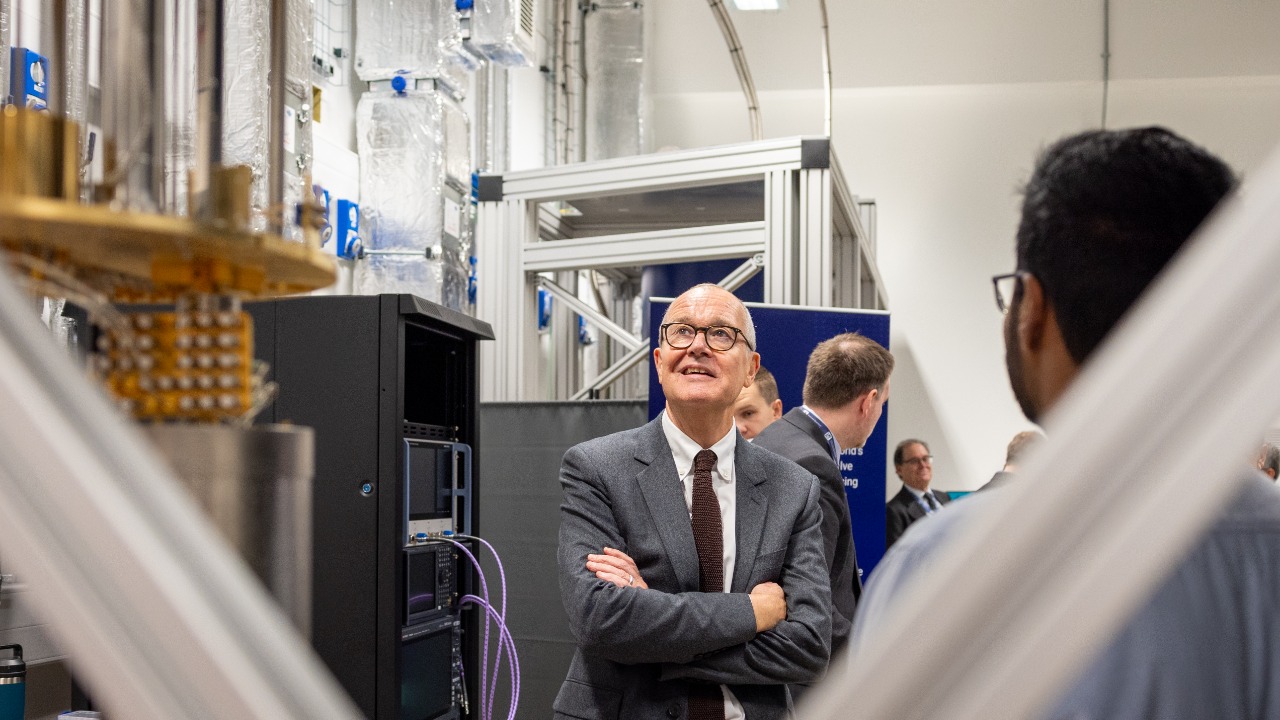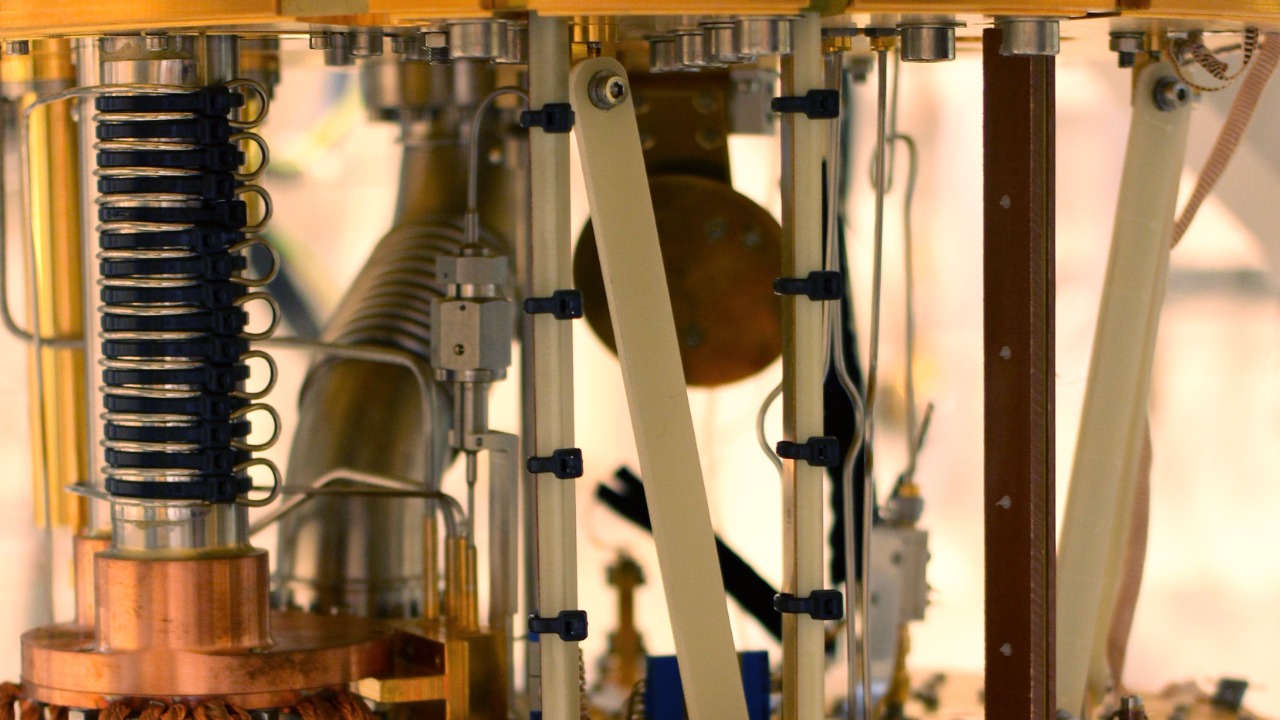
In a groundbreaking development, physicists in Germany have created a new form of matter known as a time crystal, challenging our understanding of quantum physics and opening up new avenues for technological advancement. This breakthrough has shocked the scientific community, as time crystals behave in ways that defy conventional physical laws, presenting both opportunities and challenges for future research.
The Concept of Time Crystals

Time crystals are a unique phase of matter that was first theorized by physicist Frank Wilczek in 2012. Unlike typical crystals, which have a repeating pattern in space, time crystals have a structure that repeats in time. This means they can oscillate indefinitely without using energy, a property that seemingly defies the laws of thermodynamics. The evolution from theoretical concepts to experimental reality marks a significant milestone in the field of quantum mechanics.
The unique properties of time crystals set them apart from traditional crystalline structures. Unlike ordinary crystals that repeat their atomic pattern in space, time crystals break time symmetry, enabling them to oscillate without energy loss. This perpetual motion is a fascinating anomaly in physics, as it challenges the conventional understanding of energy conservation and thermodynamics. These properties open new avenues for exploring the fundamental principles of physics and suggest potential applications in areas where energy efficiency is paramount.
From a theoretical standpoint, time crystals could revolutionize the way we understand time symmetry and thermodynamics. They challenge the notion that systems must always move towards disorder, a core tenet of the second law of thermodynamics. By maintaining order over time without energy input, time crystals could provide insights into new scientific models and lead to the development of technologies previously thought impossible. Discover more about these implications here.
Significance of the German Breakthrough

The experimental process undertaken by the German team marks a significant achievement in the field of physics. Utilizing a combination of advanced quantum computing techniques and innovative laser technologies, the researchers successfully created a time crystal in a controlled laboratory setting. This success was not without challenges, as the process required precise manipulation of quantum states and careful calibration of environmental conditions to achieve the desired oscillation effect.
One of the key challenges following the creation of a time crystal is the validation and reproducibility of the results. Since its discovery, laboratories worldwide have attempted to replicate the German team’s success, with varying degrees of achievement. The ability to reproduce these results across different settings is crucial for confirming the validity of the findings and ensuring that the observed phenomena are not anomalies. Several labs have reported progress, but consistent reproduction remains a focal point of ongoing research. You can read more about these efforts here.
The impact of this discovery on quantum physics cannot be overstated. It challenges existing paradigms and provides a new lens through which to view the behavior of matter under quantum conditions. The implications for future research are vast, with potential applications that could redefine our understanding of quantum systems and their practical uses. The discovery has already spurred numerous studies aiming to explore these possibilities, as highlighted in Scientific American’s coverage.
Potential Applications and Future Research

The potential applications of time crystals are particularly exciting in the realm of quantum computing. Due to their ability to remain in a stable oscillating state without energy input, time crystals could provide a more efficient method of data storage and processing in quantum computers. This property could lead to significant advancements in computing power and energy efficiency, possibly revolutionizing industries reliant on complex computations.
However, along with these opportunities come challenges and ethical considerations. Manipulating time and energy at the quantum level raises questions about the potential risks involved. The ramifications of tampering with fundamental natural laws are not yet fully understood, and the ethical implications of such technologies must be carefully considered as research progresses. These considerations are a crucial part of the ongoing dialogue within the scientific community.
Future research efforts are essential to fully understand and harness the power of time crystals. This includes not only exploring their potential applications but also delving deeper into the fundamental physics that govern their behavior. Collaborative research across disciplines and countries will likely play a pivotal role in advancing our knowledge and overcoming the challenges associated with these enigmatic structures. For a deeper dive into the ongoing research, visit this article.
Responses from the Scientific Community

Reactions from the scientific community have been mixed, with a blend of enthusiasm and skepticism characterizing the discourse. Many physicists are excited about the possibilities that time crystals present, seeing them as a new frontier in quantum mechanics. However, others remain cautious, questioning the broader implications and whether these findings can be integrated into existing scientific frameworks. This mix of perspectives is critical in driving balanced and thorough exploration of the phenomenon.
International collaborations have been spurred by this discovery, with research teams from various countries working together to further understand and develop time crystal technology. These collaborative efforts aim to combine resources and expertise, with the goal of accelerating progress and innovation in this emerging field. Such international cooperation is vital for addressing the complex challenges and unlocking the full potential of time crystals.
The influence of this discovery on scientific culture is profound, inspiring a new generation of physicists to explore uncharted territories in quantum research. Time crystals symbolize the ever-evolving nature of scientific inquiry, where each breakthrough opens the door to new questions and possibilities. This milestone is reshaping scientific discourse and encouraging a culture of curiosity and innovation, as detailed in relevant literature accessible here.